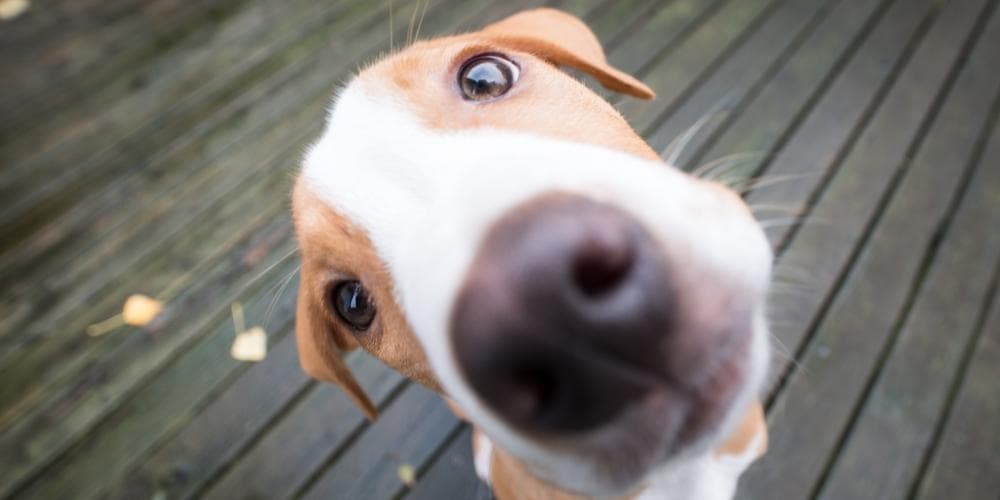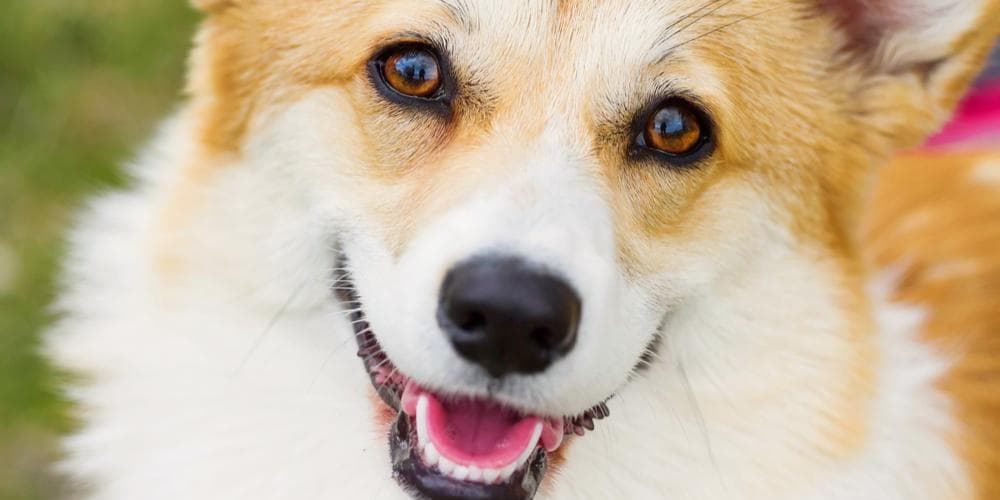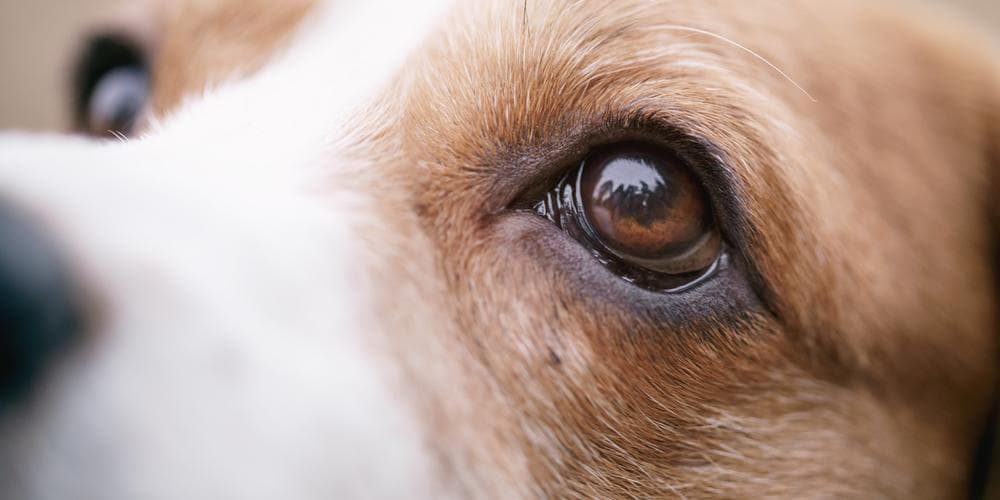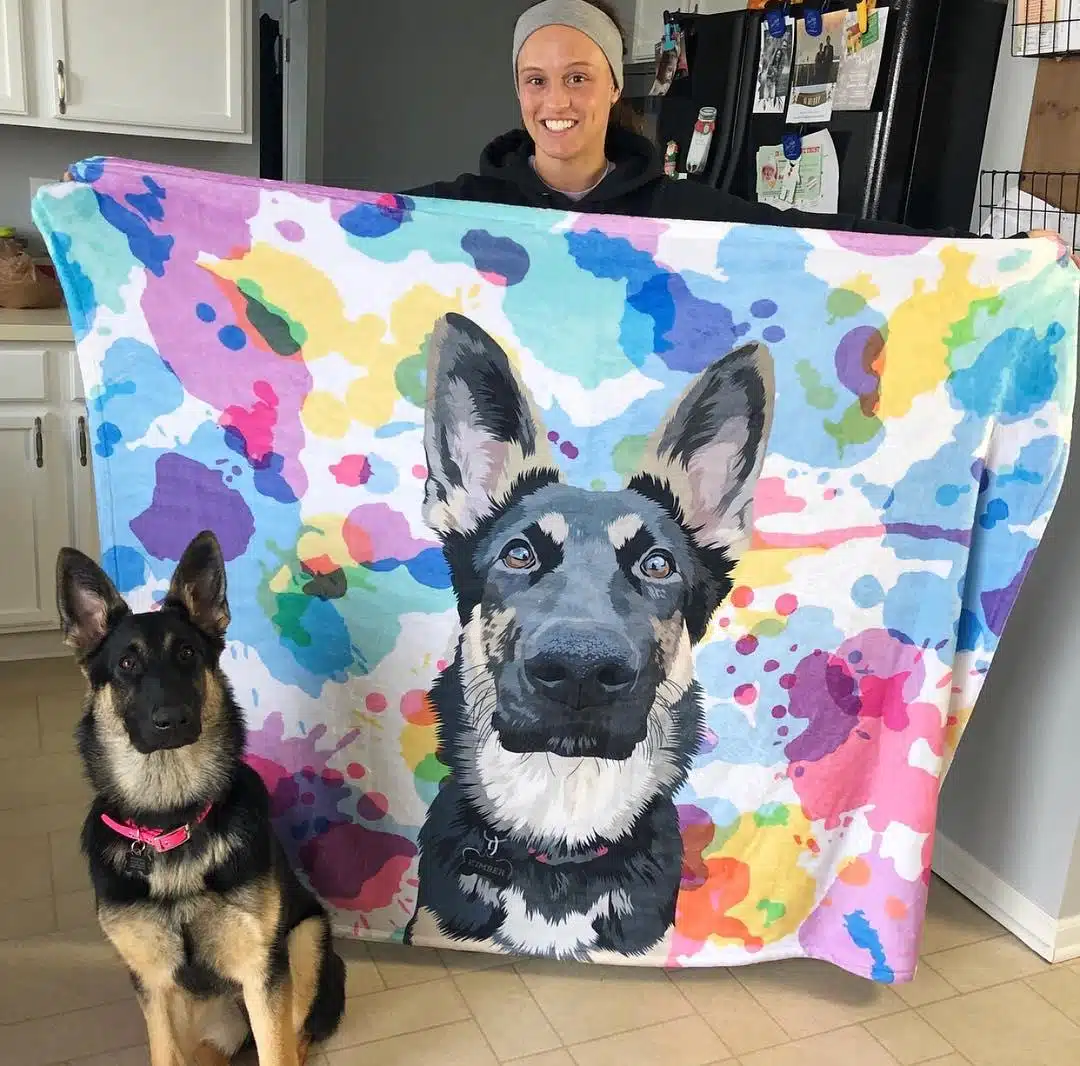Disclaimer: We are not veterinarians and the views and opinions expressed on this website are those of the original authors and other contributors and do not necessarily represent those of PAWRAMP and their affiliates. Ultimately, we hope that with this article and further research, you are able to learn more about your fur baby and always do what is best for you, your human family and fur family!
Vision is as important to dog as it is to humans.
Loss of vision in dogs may be caused by a wide range of problems. It could be part of aging or due to heredity. Sometimes, it could be caused by diseases or physical injury.
Whatever the cause may be, it is important to know if your dog is losing his vision or not. Since dogs can’t talk and tell us what’s wrong, we must take the responsibility to assess our four-legged friend.
To help you identify signs of vision loss, let me share some of the ways that you can identify them. Read on to learn more.
Examine Your Dog’s Eyes
The best way to check if your dog’s eyes are okay or not is to simply examine them.
Take your dog to a well-lit room. Pet your dog and use a soothing voice to keep your dog calm. If your dog is trained, ask him to sit and stay.
Hold your dog’s head gently and look into his eyes. As a pet owner, you already know how a healthy eye looks like. Normally, your dog’s eyes should have a white area around it and free of redness. In just a few glances, you can easily identify obvious abnormalities in your dog’s eyes.
Some of the things you need to carefully look for would be the following:
- Signs of infection
- Signs of injury such as a wound and swelling
- Signs of irritation such as redness and itchiness
- Foreign objects such as debris, grass, or dirt
- Discharge
- Crustiness
- Teariness
- Cloudiness
- tenderness
- Disproportionate eye size
- Visible third eyelid
- Bloodshot eyes
- Bulgy eyes
All these could raise a red flag. It may be an early or late sign of vision loss.
Check Menace Reflex
Menace or blink reflex is a great way to check your dog’s vision. All you need to do is hold your hand in front of your dog’s face about 18 inches far. Quickly bring your hand near your dog’s face and stop just about 3 inches from your dog’s face. If your dog blinks or moves his head away, then your dog’s vision is still okay. Just be careful not to hit your dog’s face or eyes during the test.
Understand Diseases
There are certain diseases that can cause loss of vision in dogs. If you are familiar with these diseases, you can be more alert to identify early signs and prevent bigger problems. Here are some of them:
- Cataracts – check your dog’s eyes for gray, bluish, or white layers in the eyes.
- Glaucoma – dogs with glaucoma have a bluish haze or tint to their eyes. They may also have red or swollen eyes that don’t respond to bright light.
- Progressive retinal atrophy – this starts with decreased vision at night. It may also be accompanied by dilated pupils and unresponsive pupillary light reflex.
- Sudden Acquired Retinal Degeneration Syndrome (SARDS) – dogs with SARDS exhibit a wide range of symptoms not specific to the eyes. They may be seen with increased thirst, appetite, and urination, excessive panting, and lethargy. SARDS-inflicted dogs later develop obesity.
Changes in Behavior
Dogs who are slowly losing their vision may exhibit changes in behavior. For example, they become reluctant to climb stairs or jump on furniture. They become clumsier and clumsier with each passing month. They bump into things and may even fall from an elevated area. They become less active. They prefer to walk rather than run, which they normally do. They have a hard time finding toys or playing fetch. All these could indicate a loss of vision.
Talk to the Experts
If you feel something is wrong with your dog, it is best to speak to your vet. Discuss with your vet your concern. Your vet will first listen to what you have observed. From there, he would do a physical exam. If needed, your vet might also order some diagnostic tests to confirm the initial finding.
Aside from consulting your vet, you can also do your independent research. Educating yourself about vision loss in dogs could help you not just to identify early signs, but also improve your dog’s quality of life.
You can also look for supplements focused on dog’s eye health. You can check out Alpha Paw’s Vision Chews here for more information!















